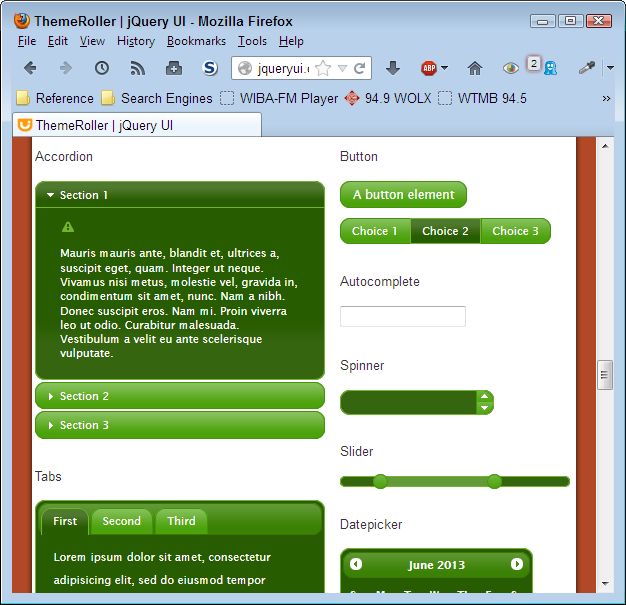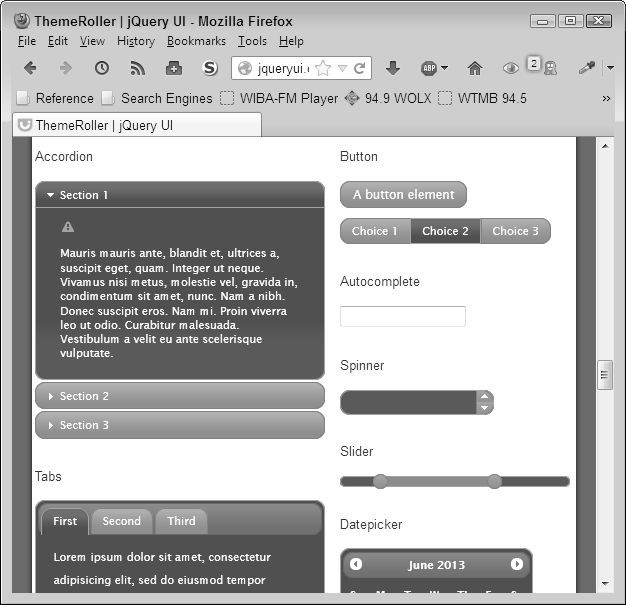This is an update of a post that originally appeared on March 16, 2016.
Most of my technical readers now use e-books instead of paper books. Of course, there is a convenience factor to storing your entire library on a Kindle, even if it’s a software version of the Kindle. Of course, there are all sorts of e-book formats for your desktop system as well. The point is that electronic format makes a lot of sense when dealing with technical books.
However, e-books can cause some interesting problems and I’ve encountered a few with a number of readers now. The most important consideration is that you can’t cut and paste code from an e-book directly into your IDE and expect it to work. There are all sorts of reasons for this exclusion. For example, cutting and pasting may insert special characters into the output stream or the resulting paste may not have white space in the right places. A common problem is that publishers often convert regular single and double quotes into curly quote equivalents. The two kinds of quotes (both single and double) are completely different and the second type definitely won’t compile.
The best option when working with an e-book is to view the code in the e-book, but still get the downloadable source code for the book from my website or the publisher’s website as described in the book’s introduction. If you can’t find the downloadable source, always feel free to contact me at [email protected]. I want to be sure you have a great reading experience, which means having source code that actually runs in your development environment.
Another potential problem with e-books is that you may see unfortunate code breaks (despite the efforts of the publisher and myself). When you need to understand how white space works with a programming language, always review the downloadable source. The fact that the downloadable source compiles and runs tells you that all the of white space is in the right place and of the correct type. Typing the source code directly out of your e-book could result in added carriage returns or other white space errors that will cause the code to fail, even though the commands, variables, and other parts of the code are all correct.
As always, I’m open to your questions about my books. If you don’t understand how things work, please contact me—that’s why I’m here.


